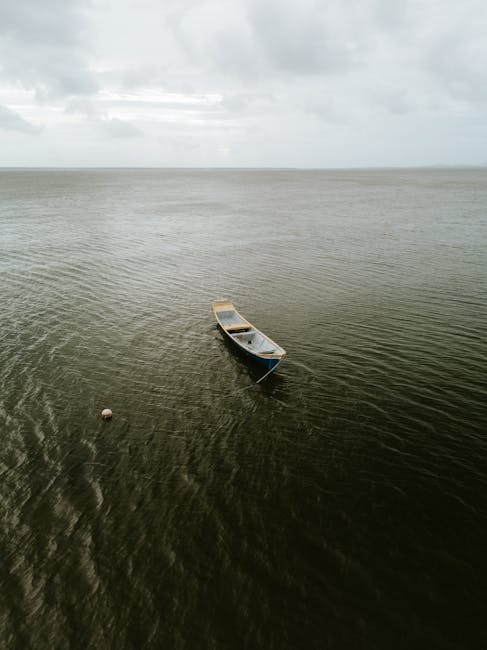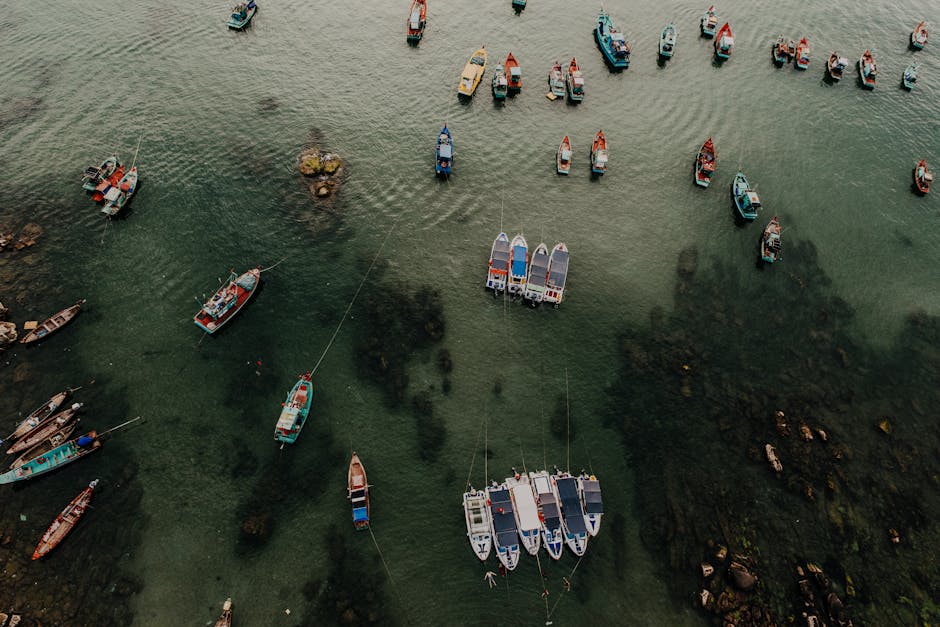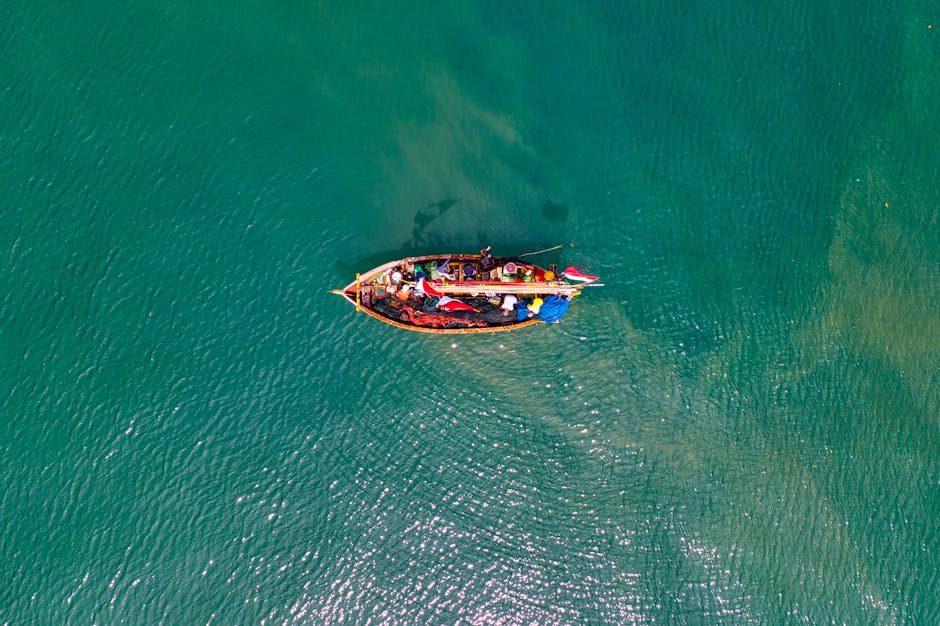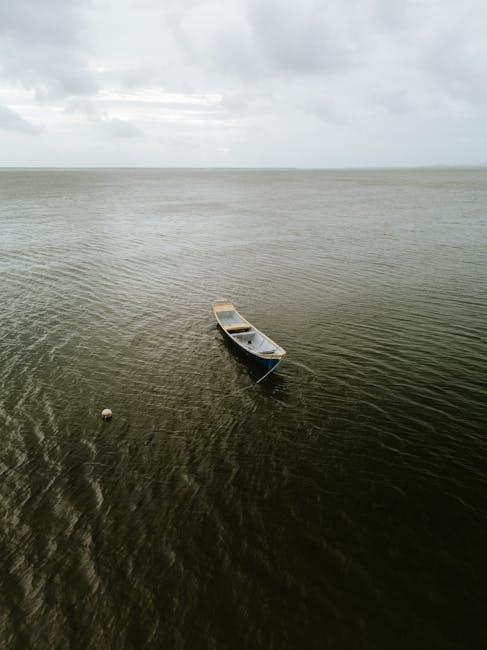Revolutionizing the Fishing Game: The Ultimate Guide to Fishing Drones
For years, anglers have relied on traditional methods to locate fish and cast their lines. But a new technological marvel is transforming the fishing experience: the fishing drone. These unmanned aerial vehicles (UAVs) offer a unique perspective and a range of capabilities that are revolutionizing the sport, from recreational fishing to professional guiding.
What is a Fishing Drone?
A fishing drone is a specialized drone designed to assist anglers in various aspects of fishing. They aren’t simply drones with a fishing rod attached; they integrate advanced features to enhance the fishing experience. These features can include high-resolution cameras for locating fish schools and underwater structures, live video feeds for real-time monitoring, bait deployment capabilities, and even sonar integration for precise depth mapping.

Types of Fishing Drones
The market offers diverse fishing drone options catering to different needs and budgets. Understanding these types is crucial for making an informed purchase:
- Basic Camera Drones: These drones primarily focus on aerial surveillance, offering high-resolution cameras to scout fishing spots, identify fish activity, and assess water conditions. They’re relatively affordable but lack advanced features.
- Bait-Dropping Drones: These drones incorporate mechanisms to precisely drop bait into targeted areas, increasing the chances of a successful catch. This eliminates the need for long casts and allows access to challenging locations.
- Sonar-Equipped Drones: Integrating sonar technology, these drones provide underwater imagery, revealing the depth, structure, and presence of fish schools. This advanced capability significantly improves fishing success rates.
- Hybrid Drones: Combining features of several types, hybrid drones offer a comprehensive solution for anglers. They typically feature high-resolution cameras, bait-dropping mechanisms, and sonar capabilities.
Key Features to Consider
When choosing a fishing drone, several crucial features should be considered:

- Camera Quality: High-resolution cameras with zoom capabilities are essential for identifying fish and assessing the fishing environment.
- Flight Time: Longer flight times allow for more extensive scouting and bait deployments.
- Range: The drone’s range determines the distance you can cover while maintaining control.
- Payload Capacity: For bait-dropping drones, this is crucial; a higher payload capacity allows for more substantial bait deployments.
- Water Resistance: While not all drones are waterproof, some level of water resistance is beneficial, especially for operations near water.
- GPS & Return-to-Home Function: These features ensure safe and reliable drone operation, particularly in challenging weather conditions.
- Ease of Use: User-friendly controls and intuitive software are essential for a seamless fishing experience.
Best Practices for Using a Fishing Drone
To maximize the benefits and safety of your fishing drone, follow these best practices:
- Check Local Regulations: Ensure you comply with all local laws and regulations regarding drone operation.
- Familiarize Yourself with Drone Operation: Practice flying the drone in a safe and open area before using it for fishing.
- Plan Your Flight: Identify your target fishing spots and plan your flight path to optimize efficiency.
- Monitor Battery Life: Always monitor the drone’s battery life and plan for a safe return before the battery runs out.
- Respect Wildlife: Avoid disturbing wildlife and maintain a safe distance from sensitive habitats.
- Practice Responsible Disposal of Bait: Ensure proper disposal of bait to minimize environmental impact.
Legal Considerations
Before you take to the skies, understand the legal framework surrounding drone operation. Regulations vary by location, so research your local laws and obtain any necessary permits. These regulations may cover areas like flight restrictions, airspace limitations, and safety requirements. Ignoring these can lead to significant fines or legal repercussions.
The Future of Fishing Drones
The technology behind fishing drones is constantly evolving. We can expect advancements in several areas:

- Improved Sensors: More sophisticated sensors will provide even more precise underwater imaging and fish detection.
- Enhanced Autonomy: Drones will become more autonomous, capable of executing complex tasks with minimal human intervention.
- Integration with Other Technologies: We’ll likely see increased integration with other fishing technologies, such as fish finders and GPS systems.
- AI and Machine Learning: AI will enhance fish identification and optimize bait deployment strategies.
Choosing the Right Fishing Drone for You
Selecting the perfect fishing drone depends on your individual needs and budget. Consider your fishing style, the type of water you typically fish in, and the features that are most important to you. Don’t hesitate to read reviews and compare different models before making a purchase. Remember to prioritize safety and responsible operation.
Conclusion
Fishing drones are transforming the fishing world, offering anglers unprecedented capabilities to locate fish, deploy bait, and enhance their overall fishing experience. While understanding the technology and adhering to legal regulations are crucial, the benefits and possibilities offered by these innovative tools are undeniable. With careful consideration and responsible use, fishing drones can significantly improve your angling success and enjoyment.

